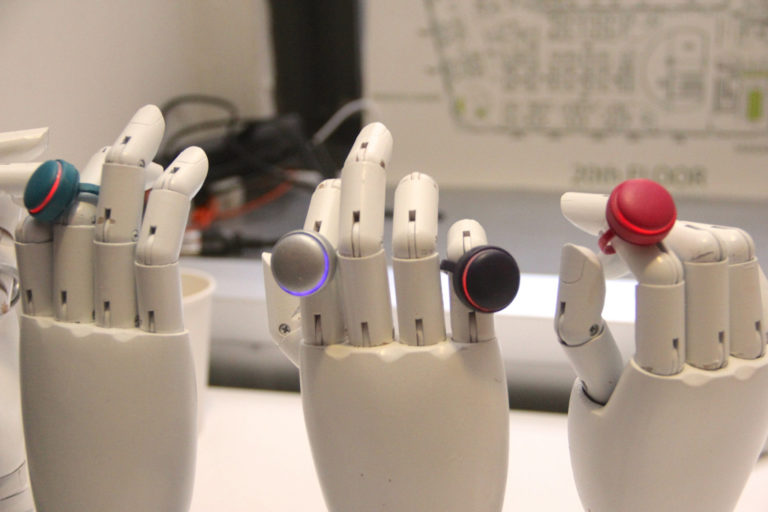

In this day and age, it seems as if a new technological advancement is introduced to our world everyday. Our society has become accustomed to constant interaction with our smartphones, tablets, watches and other devices. Recently, the market for these new gadgets has expanded from traditional phones and apps into the “wearable market”. Wearable technology incorporates computer and advanced technologies into your everyday clothing or accessories. This new type of technology is specifically created to be worn and collect a variety of information about the human body. No longer restricted to just fitness and health tracking, “wearables” can reach new spheres such as military use and development.
The Power of Wearable Tech
Wearable technology devices are able to track data from the consumer that wears them. The amount of information and data that these devices can capture is almost endless. The fitness tracking watches sync with the users heart rate as well as sensors that detect sweat. Eating habits can even be input.
This information can be used by the companies that make the devices in order to improve functionality and consumer experience in future models. In the future, there will be an abundance of devices tracking our data. Consumers will need to be more conscious as to how much, or what kinds of data they are willing to share. James Park, Fitbit’s chief executive states, “It’s really easy to track a lot of things but it’s also easy to overwhelm consumers with a lot of data.” This should warn technology development companies to not overstep the line because there will be consumer push back if they believe to be inundated with too much information and data. The process of adaptation to this new type of “wearable” lifestyle for some is a slower process than others.
Growth in Wearable Technology
According to John Curran, a senior executive at Accenture Communications, Media, and Technology Group, the wearable market will rapidly increase over the next 4 years; as much as $8 billion by 2018. Wearables were the top trend at CES in Las Vegas. As development sophistication increases, by paying closer attention to aesthetics for the consumers, these devices will increase in popularity.
Wearable devices have the potential for huge growth within personal consumption markets, but we also may see more enterprise development in the future. Forrester blogger JP Gownder posted Motorola Solution’s, Connected Law Enforcement Officer, showing how sensors and new devices can change the safety and security of our police force. These devices have the ability to monitor environmental dangers and other important items, alerting officers to potential dangers and reporting to authorities in times of a life threatening situations. Additionally, the military is utilizing wearables to develop systems for camouflage. These developments that can make body heat invisible to enemies with certain sensors in uniforms.
Future development of wearable technology is headed in the direction of stronger sensors for wrists, clothing and even contacts for your eyes. Developers are even testing out tattoo sensors in the skin. In the near future, wearable technology will go from a interest, to an everyday accessory and become even more advanced. It is an exciting time for developers and consumers to see what they will come up with next, and new ways we can “wear” our technology.
Photo credit: NYC Media Lab / CC SA 2.0

